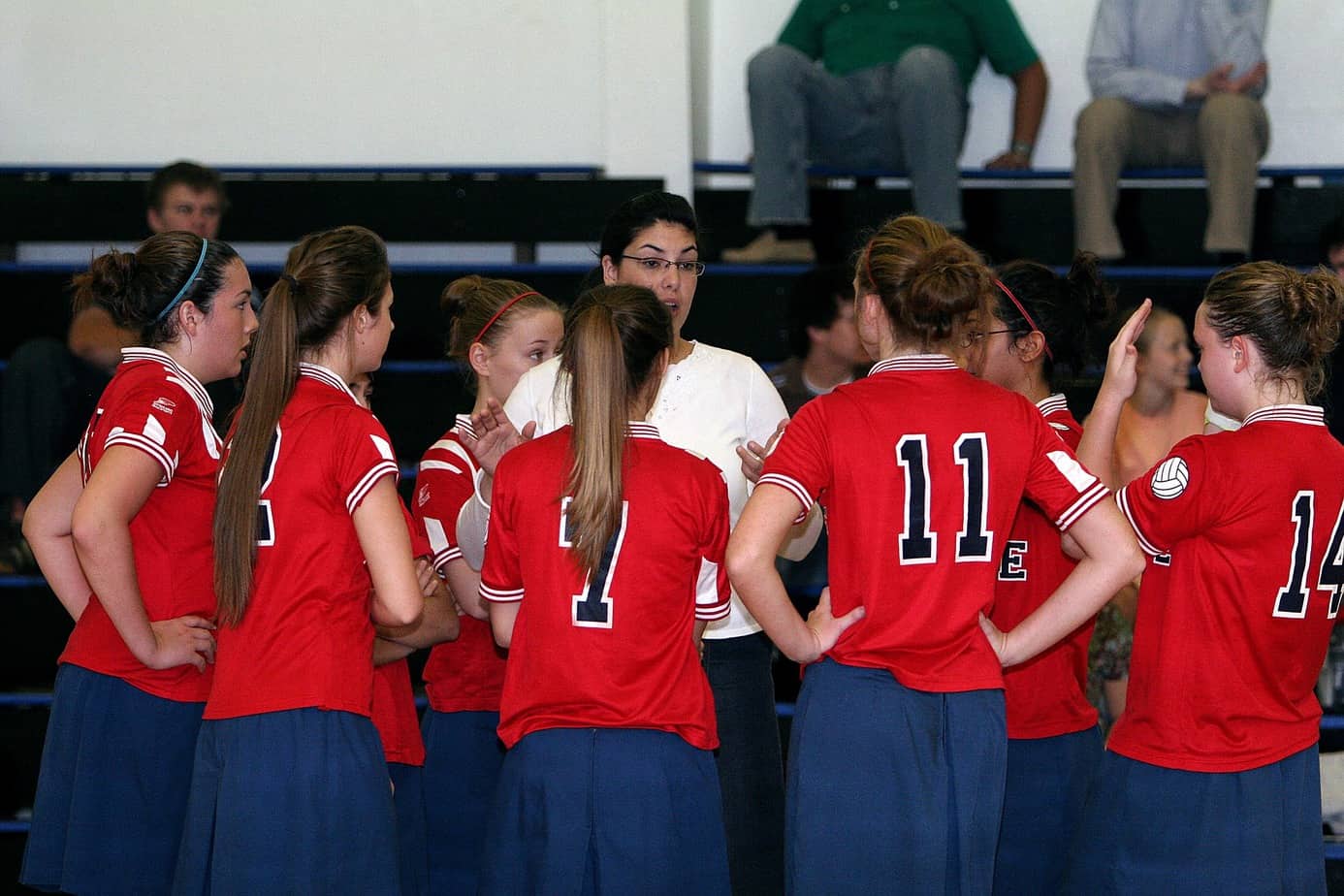Your weekly research review
Contents of Research Review
- Background & Objective
- What They Did
- What They Found
- Practical Takeaways
- Reviewer’s Comments
- About the Reviewer
- Comments

Background & Objective
In many sports, a strong association has been demonstrated to exist between training load and injury occurrence, however, no study has investigated if workloads and recovery state have an influence on injuries in volleyball. As a result, in this study, the authors investigated the relationship between workloads and the athlete’s state of recovery from injuries during a 27-week elite volleyball season.
What They Did
Training loads, perceived recovery, and injury occurrence were tracked in 14 elite male volleyball players during a 27-week season period. The following measures were obtained:
- Game and training session rate of perceived exertion (RPE)
- Week workload (sum of each week session RPE)
- Weekly load monotony (average weekly workload / SD of weekly workload) Þ Weekly load strain (monotony / weekly workload)
- Weekly acute: chronic workload (A:C; Week workload / 4-week rolling workload average)
- Recovery status obtained from Total Quality Recovery (TQR; rating of recovery on a 6-10 scale [see the article link below])
- Injury occurrence was categorised according to training/game time loss: slight (no absence), minimal (1–3 days), mild (4–7 days), moderate (8–28 days), and severe (more than 28 days)
Three groups were created according to injury occurrence: 1) healthy, 2) traumatic injury, and 3) overuse injury. The analysis included the number of injuries per 1000 training/game hours which were compared to weekly workloads and A:C, differentiating pre-season and in-season periods.
What They Found
64 injuries occurred during the 27 weeks, with 53 of them being related to overuse. 46 of the injuries did not result in any time loss. The amount of injuries resulted in an occurrence rate of 14 injuries per 1000 hours of training/game.
Weekly training loads, A:C workloads, and injury occurrence during the pre-season were significantly higher than loads during the in-season. Players who had injuries (overuse and/or traumatic) had significantly higher A:C workloads and lower TQR in comparison to uninjured players. A:C workloads and TQR were found to be both a risk and a protective factor towards injury occurrence. In addition to this, the odds of athletes getting injured appear to increase by more than 3 times for players who had higher A:C workloads.
Practical Takeaways
Given that the A:C workload (read more HERE) and TQR were found to be related to injury occurrence, monitoring these variables is highly recommended to reduce the likelihood of injury.
Practitioners should pay special attention during the preseason phase when training loads and spikes in training loads are substantially increased. Although achieving “functional overreaching” is often seen as the goal of preseason periods, logical and well-structured periodisation of this phase of the season should be a focus for the coaching and medical staff. This includes not only the management of daily and weekly training loads but also the progression in training loads from week to week. The design of the training schedule should also be carefully considered to allow players to optimally recover between training sessions and match days. Furthermore, strategies such as nutrition (e.g. have snacks available for athletes to refuel between training sessions) and recovery modalities (e.g. cold water immersion) should be implemented to speed up recovery.
Reviewer’s Comments
A growing body of research has investigated the effects of training load spikes on injury occurrence. Typically, the load of a training session or a training week is compared to the mean of previous training weeks.
In this study, the weekly training load was compared to the 4-week rolling workload average, with the authors reporting that a higher A:C workload increased the odds of injury by more than 3 times. Moreover, lower TQR scores were also associated with injury occurrence. These findings reinforce 1) the need to monitor not only absolute training loads but also A:C workloads; 2) to interpret training load data in combination with recovery (objective and/or subjective) measures.
As I mentioned in the practical takeaways, pre-season training loads are typically higher in comparison to the in-season. Due to the limited duration of pre-season periods, sharp progressions in training loads are often observed which results in higher A:C workloads and an increased likelihood of injury. These findings reinforce the importance of training periodisation to gain significant adaptations and injury prevention. To avoid spikes in training loads and injuries during the pre-season, practitioners can adopt some of the following strategies with their players. These include:
- Educate the players to allocate some time to exercise during the off-season;
- Start the first week with a half-week followed by two recovery days;
- On long pre-seasons (e.g. 10 weeks), allocate one unloading week (e.g. week 4) and a taper week (e.g. week 10). On shorter pre-seasons (e.g. 4-5 weeks), allocate a week of tapering before the competitive season;
- Use individual/position-specific progressions on workloads. rather than generalising the same load volume for the entire squad.
Want to learn more?
Then check these out…
Watch this video
Read this article
Read this article
Listen to this podcast
The full study can be read here.


